
By Al Globus, NSS Board of Directors
Somewhat simplified, Space Solar Power (SSP) consists of gathering sunlight energy in space, converting this energy to microwaves, and beaming them to Earth.
This energy is freely available in Earth orbit in vast quantities.
This energy would be low carbon today, most of the carbon coming from launch, and in a future with lunar or asteroid materials the space component would put almost no burden on Earth’s environment.
Outages would be rare, short, and completely predictable far in advance. This helps make SSP energy suitable for base load energy requirements.
Until recently studies of SSP all came to the same conclusion: SSP is technically feasible but the cost of energy would be far greater than for terrestrial systems.
The cost factor appears about to change. Multiple orders of magnitude reduction in SSP costs are projected over the next decade or two, given reasonable levels of research and development. This flows from three critical areas: launch, hyper modular designs, and robotic assembly inspection and repair:
1. Launch cost. A new generation of large reusable boosters, especially the SpaceX Super Heavy in test now, are projected to be multiple orders of magnitude less expensive than the space shuttle was per kg launched to Low Earth Orbit (LEO). This is achieved by reusing essentially all of the vehicle, assembly-line-like production, and using a very large booster. Large boosters are generally cheaper per kg than small ones. The next few years are quite likely to drop launch costs from around $10,000 to $20,000 per kilogram in the shuttle era to perhaps as little as an aspirational $100/kg with the SpaceX Super Heavy Booster. Even if off by a great deal this would still revolutionize SSP costs.
2. Hyper modular systems. Hyper modular systems consist of very large numbers of modules of a small number of types. As an example, large communication satellite constellations use many thousands of small satellites as opposed to a few large powerful ones. In this case the modules are the small satellites. Back of the envelope calculations suggest that at least one constellation of small modular satellites under construction is about 100x less expensive per kg to manufacture than large non-modular communication satellites. This is achieved by taking advantage of economies of scale when producing thousands or even millions of identical modules. This can support orders of magnitude manufacturing cost reduction via automation in a factory environment rather than hand work in a laboratory-like environment. Some modern designs for SSP satellites involve in-space assembly of up to two million modules for a single 2GW SSP satellite. This, in turn, supports economies of scale in manufacturing the modules even for a single SSP satellite, at least for the most numerous module types. A fleet of SSP satellites would involve hundreds of millions of modules.
3. Robotic assembly, inspection, and repair. The current state of the art in satellite in-space construction is teleoperation of large robotic arms on the ISS (International Space Station). This works well but must be combined with space suited astronauts to do what the robots currently cannot. People are notoriously expensive to maintain in space so improving robotics to the point of eliminating the human EVA (Extravehicular Activity) and on-orbit teleoperation can be expected to have a large positive effect on SSP cost. Large SSP satellites can utilize a carefully designed workspace to facilitate automated robotic operations. This eases the design requirements for the assembly robots because the resulting tasks are relatively simple, just as the tasks for automated warehouses with driverless forklifts are much simpler than for driverless cars on public roadways.
There are many other aspects of SSP cost that are not explored here. The intent is to identify the big drivers where order of magnitude improvement may be available. If all goes well the next decade or so may be very exciting. If SSP development succeeds the activity will likely spark huge development of orbital infrastructure and bring great power and wealth to whomever plays a valuable role.
Oh yeah, there will also be vast supplies of clean, inexpensive energy for everyone too.
Ad astra!

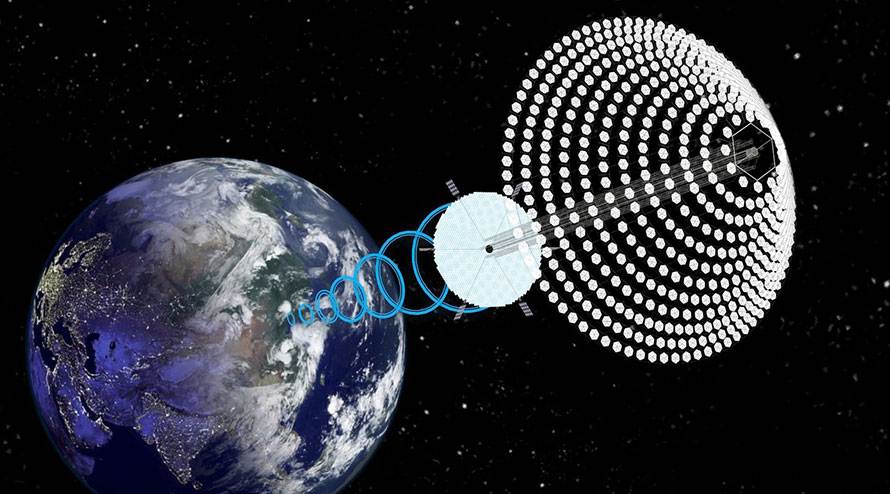


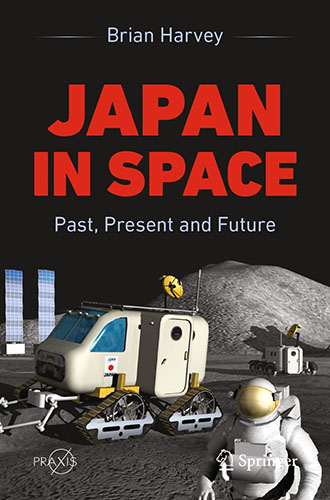


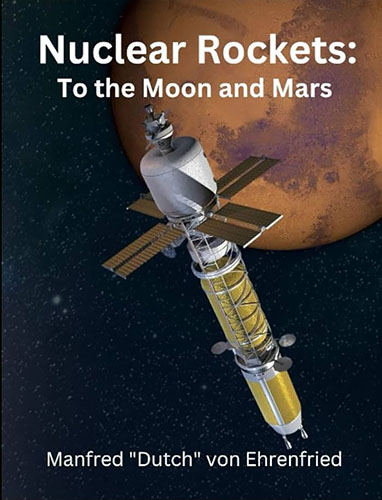
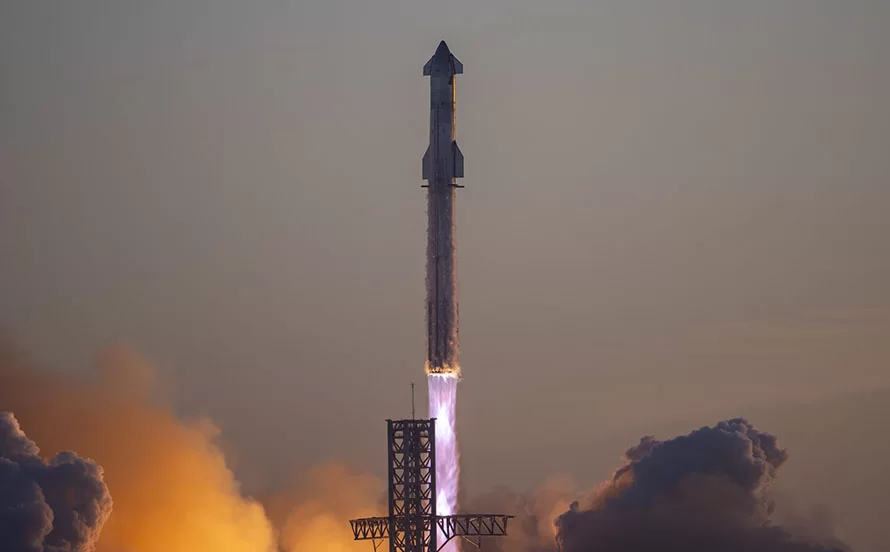

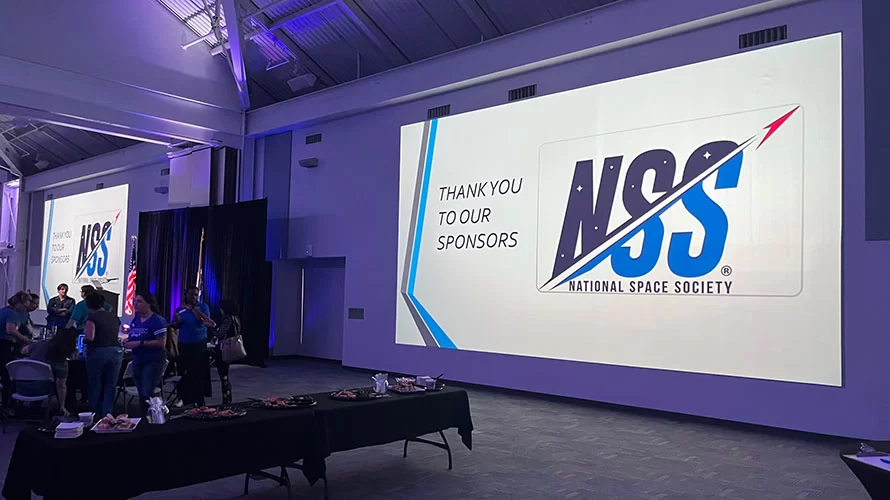
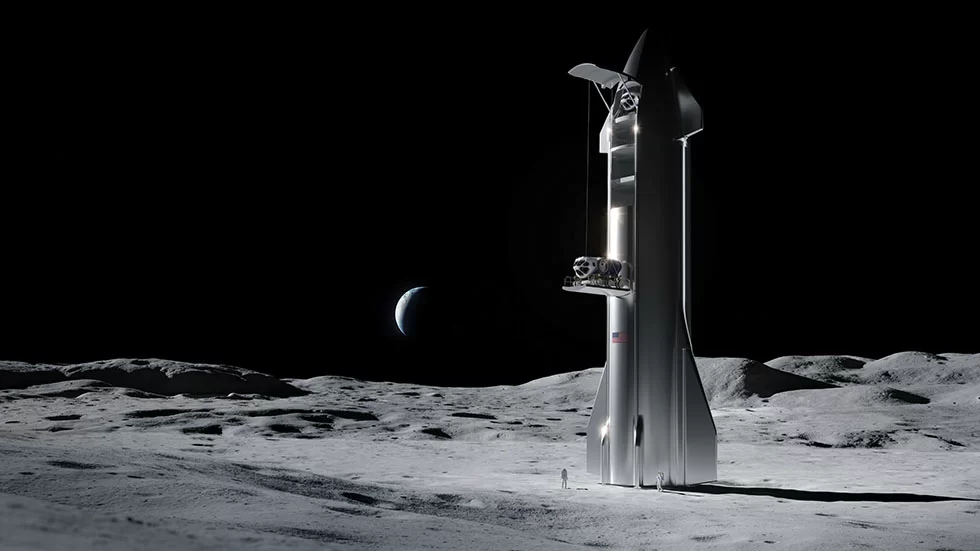

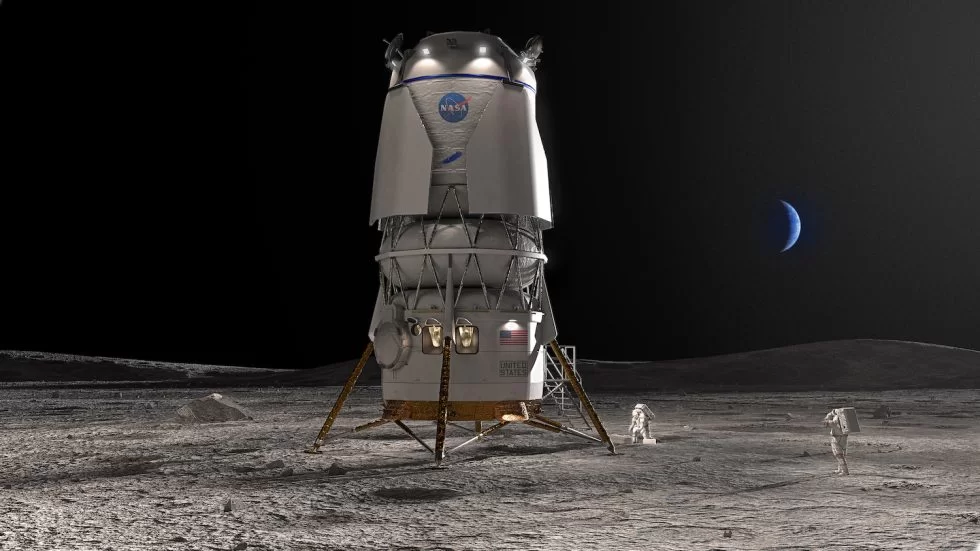
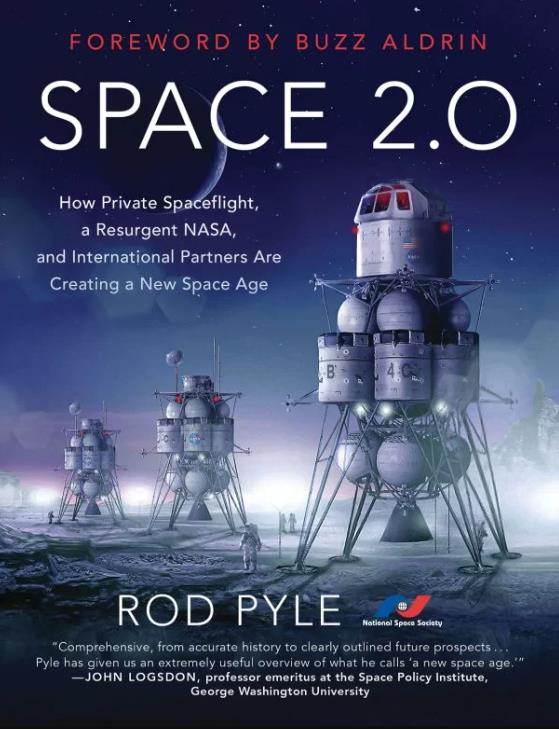
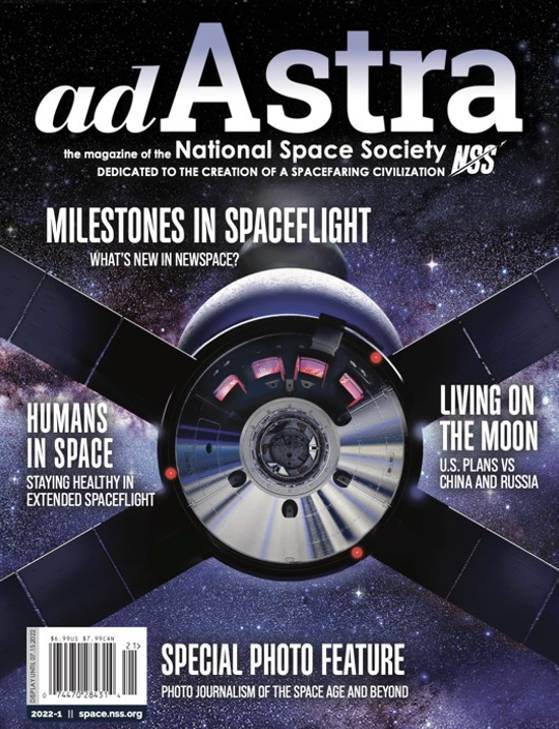




12 thoughts on “Space Solar Power Is on the Way!”
At the moment, there is a sort of tortoise vs. hare situation. Mr Bezos is slow, lumbering, quiet, but aware. He will hopefully succeed at developing a safe, functioning access infrastructure that will assist SSP’s realization. Mr. Musk is flashy, quick, and darting all over the map. Maybe in too many seemingly unrelated areas. I hope he keeps it together and leaves a healthy functioning SSP in his wake on the way to Mars (even though he professes no love for SSP). The NASA piece, Artemis, is the launch key to cheap lunar resources.
I have been away from the details of SSP research/progress/planning for some years now since my exposure via Gerald O’Neill in the 1970s and subsequent work with Peter Glasser, who started a development group Titled ‘Sunsat’. I see that SSP configurations and concepts have changed as have so many space use related technologies. I have always been an optimistic promoter of the overall concept and I am surprised to see that it is proposed to use “… hundreds of millions of modules”. I wonder about the problems that might incur due to that large number of satellites in Geo Synchronous orbit, and the corresponding rectennas on Earth. However, I am so encouraged to see that the SSP concept is finally being pursued. The competition I read about for SSP development with China should provide a great deal of impetus, just as Russia did for our Apollo Program.
“… hundreds of millions of modules” where each satellite might consist of one or two million modules of just a few types. A challenge for this is time to assemble such a large system.
Does Moon mining fit into this? With cheap lunar material and factories in GEO to make modules could costs be reduced? A thousand 2GWe power satellites could generate 2TW and that’s 10% of the power required by 2050.
I would say that Moon mining fits into this IN THE LONG RUN. It is a bit too early to call lunar material “cheap.” A lot of cislunar development needs to occur before it become cheaper to deliver lunar materials than materials from Earth.
David Brandt-Erichsen & David A Dietzler – Ah, yes, “in the long run”.
Please check out the classic Round Table Interview by Harold Hayes of PBS back in 1975 of Dr. O’Neill with Dr. Isaac Asimov as science commentator.
https://www.youtube.com/watch?v=DM88sUBTTRM
O’Neill was certain that only a hundred or so people on the Moon could do the necessary mining for the materials to build large habitats at Earth-Moon L4 and L5 and also build large solar power satellites . . . and only about 25 years of selling them would pay off the mortgage for building the infrastructure to do all that. He also pointed out that the Moon having a vacuum for an atmosphere the moon miners could export things by throwing them off the Moon with a mass driver (we might consider a maglev train). Humanity has since learned that the lunar polar craters are cryogenic and have trapped volatiles from the temporary atmosphere from every comet and asteroid impact over Geological Time. That water ice and carbon dioxide and ammonia and other volatiles can be mined and will make developing lunar settlements and large space habitats much easier. That water will be exported to factories at LEO which will produce and sell fuel (LH2) and oxidizer (LOX) to the crewed and robotic space craft that struggle up to LEO. With as much Delta V available as what it took them to get to LEO they will be able to go anywhere in the solar system. A sure money maker there – the first space trillionaires may very well be running filling stations. And, yes, the question is “when”.
Compared with private investment in fusion power, the “smart money” seems to be saying that SSP is not yet worth investing in. We need to make sure that taxpayer money isn’t being wasted on a technology that’s far from being ready for prime time from a financial break-even standpoint. Perhaps something like a 1:2 matching funds approach would ensure that the markets are driving the spending. As for government “investment” for R&D to drive forward the field, much of that is already being done for other reasons and so doesn’t need specific funding. Cheap access to space (e.g. Starship) is an example of progress that didn’t require SSP funding.
If some invest in freight trains does it make subsequent investment in long hall trucks the stupid money? Of course not. One will search far and wide to find an investment that is riskier than fusion. Governments around the world have invested hundreds of millions of dollars in fusion and have thus far failed to sell a single kwh or even produce significantly more energy than consumed.
Now perhaps fusion, after decades of huge investments, is finally able to produce more energy than it consumes but trust is created by consistent behavior over time. Not a good sign. Some day fusion may well produce useful power, but that day may be many decades hence as likely as it is to be soon.
In the same period (decades) where government lavishly funded fusion research SSP didn’t get squat. Nonetheless a lot of progress has been made, among it the three items in this paper. It is long past time to seriously fund SSP as a high risk option, but even this would not be particularly risky compared to fusion investment.
Further reducing launching costs might be possible when the days of Space Elevator would arrive.
When I was doing student radio in 1990, I was lucky enough to interview Dr. Jay Keyworth II, former Pres. Reagan’s science advisor (and SDI man). For a personal project that included commentary from Carl Sagan, his words are preserved on tape and CD. Transcription:
“I think, as in a lot of areas, when we looked at satellite solar power in the 1970s, it was a tough job, hard to make it look economically viable. I’d say that a large portion of that, particularly the miniaturization of electronics, improvement in a lot of the pertinent technologies, has made it look much more viable today, and I think with only one big change, which is cutting the cost of launching a pound of material into space, I think it could become a very viable system, so I would put it amongst any list of serious contenders for new energy technologies.”
“I think the lunar infrastructure that Gerry O’Neill talks about is well thought out in contrast to the bureaucratically-derived shuttle/space station approach that impedes us from advancing to any real serious approach to the Moon or Mars. So, I’m not saying that I think that Gerry O’Neill’s is necessarily the only way, but it’s one of the best thought out, and it’s along the lines of the kind of rather new thinking that we’ll have to do to get there.”
On the subject of fusion for baseload energy: “I’ve spent a good part of my life working around fusion. Fusion is an extremely exciting scientific problem. We are still a long ways away from making it a viable commercial option. We still have a lot of science, in contrast to what we like to say, to get from here to the point where we can judge it. So I would say that I would remain reasonably skeptical on the feasibility of fusion.”
Great book on Space Solar Power by John Mankins of NASA! My pal Congressman Dana Rohrabacher had talked with me about getting the funding for this book from congress & he hopes this becomes a reality. John’s Alpha approach is the best idea since the beginning of this subject over 50 years ago. Now David Hyland had just patented the New Solar Microwave Fabrics & Power-Star Space Solar Power Satellites. Now upon 1st launch become an immediate revenue-making energy provider & 3 of them on 1st launch. More see at http://www.insta-grid.com/power-star.html
Array illustrated could instead be slightly convex individual electric coils and when energized project and or emit circular electric/magnetic fields to deflect the charged particles that constitute CME’s. As is known powerful enough CME’s will damage and or disrupt satellites and communication not to mention the ISS and its inhabitants.